Last Updated on September 28, 2022
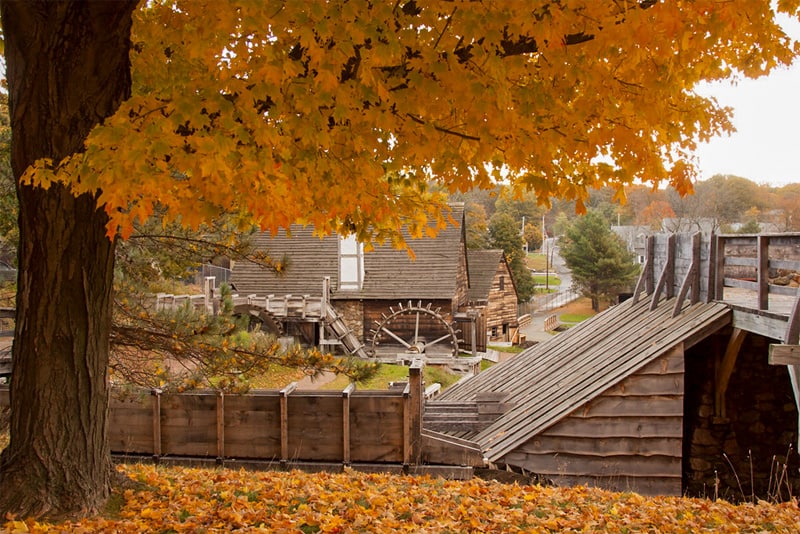
By Dave G. Houser
If you’re growing tired of conventional vacations — the beach, mountains, amusement parks, etc. — here’s an option to consider: exploring abandoned factories and industrial sites, industrial tourism, so to speak. Yes, it sounds a bit wonky but an increasing number of folks are doing it.
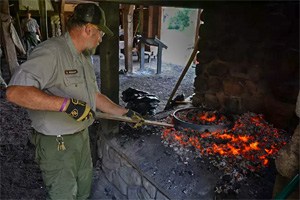
Industry has been at the root of American progress since prerevolutionary days when factories popped up throughout the colonies to produce goods — from clothing to cannonballs — needed by a fledgling and soon to be independent nation.
As the industrial revolution gained momentum in the 18th century, developments such as the steam engine, electricity, mechanized textile looms, the cotton gin, and other inventions permanently changed American society.
Victims of the Wrecking Ball
Not surprisingly, much of the nation’s early industrial infrastructure became victim to the wrecking ball. Superseded by advancing technology, outdated forges, furnaces, factories, and mills across the country were demolished.
Conversely, a small number were merely abandoned and have survived to the present day, helping to launch industrial tourism. However, there is little interest in the preservation and restoration of these structures and sites. Many historians, however, view them as vital landmarks of American history.
But there is one organization trying hard to do something about that. The Society for Industrial Archaeology (SIA) seeks to help preserve the nation’s industrial heritage by sanctioning and salvaging important manufacturing sites.
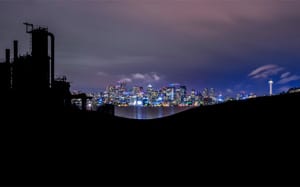
Additionally, the National Park Service has done its part as well by recognizing and preserving some of these industrial works as National Historic Sites or Landmarks.
“Such sites not only illustrate America’s former manufacturing way of life,” says SIA’s Executive Secretary Steven A. Walton, “they also tell us stories about the toils of our own ancestors and how their work made us what we are today.”
Walton, who also serves as a history professor at Michigan Technological University, adds that these old factories can provide us a better understanding of production. “Even in a gutted factory,” he says, “bolts and stains and tracks on the floor, conveyors and overhead cranes reflect the division of labor — of thousands of people working in a coordinated symphony.”
Based on suggestions from SIA’s Walton, here are a half-dozen abandoned factories and industrial tourism sites open to the public for exploration and, in most cases, guided tours.
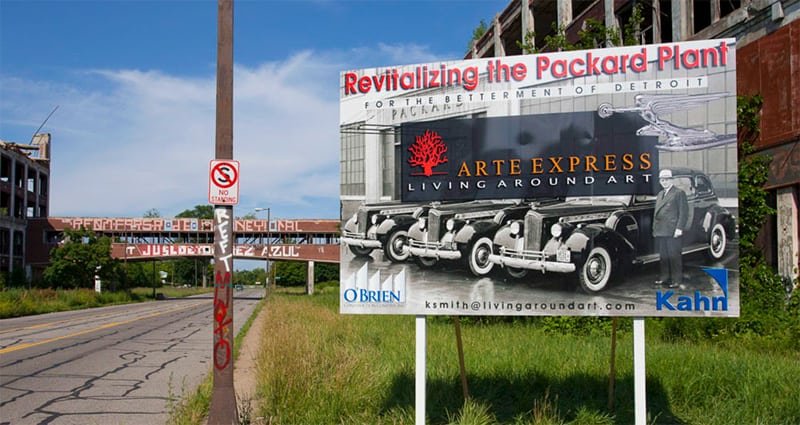
Packard Automotive Plant, Detroit, Michigan
Most notable of America’s industrial tourism sites and, in fact, the world’s largest abandoned factory, is the Packard plant in Detroit. The sprawling 3.5 million-square-foot complex employed as many as 40,000 workers, turning out luxury automobiles from 1903 until 1956.
Presently in the hands of a private developer, the old plant is slated for a $350 million makeover aimed at bringing in mixed-use tenants, including a brewery, restaurants, retail outlets, and apartments. In the meantime, a tour program now guides visitors through the decrepit, thoroughly vandalized remains of what was once the most modern car plant in the world.
The raw, rusty environs have been unintentionally enhanced by graffiti applied through the years to nearly every vertical surface. Tours, conducted by Pure Detroit, are 90 minutes long and cost $40 per person. Participants must be at least 18 years old and can walk up to two miles on uneven surfaces. Closed-toe shoes are a must, as are provided hard hats.
Packard Automotive Plant
1580 E Grand Boulevard
Detroit, MI 48211
https://historicdetroit.org/buildings/packard-plant
Tel: (855) 874-7873
Tours: For all questions regarding tours, contact [email protected] /
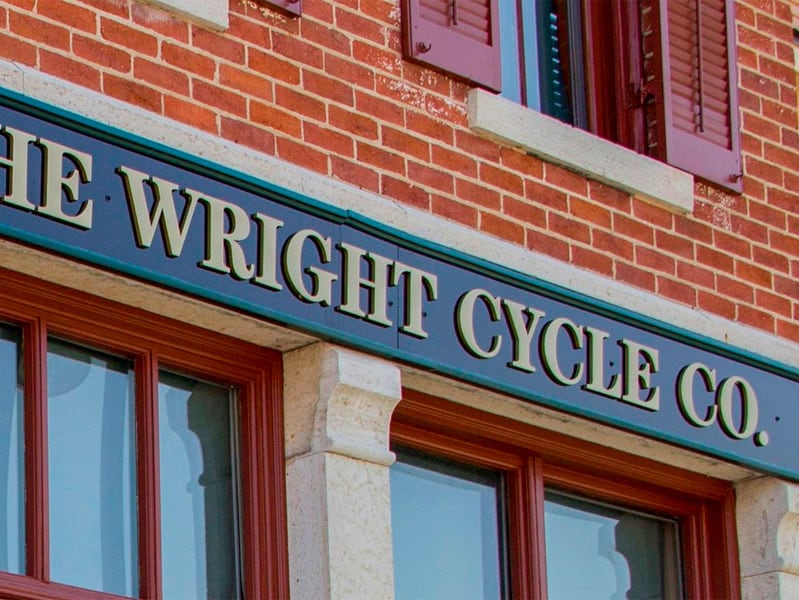
Wright Cycle Company, Dayton, Ohio
Most famous, of course, for their aviation achievements, brothers Orville and Wilbur Wright operated a successful bicycle business at several different locations in Dayton, Ohio, from 1892 until 1909, when they turned their attention to building airplanes. In fact, the Wrights used profits from Wright Cycle Company to finance their aviation experiments.
An old red brick building at 22 South Williams Street — the original location housing a Wright bicycle shop — is now part of the Dayton Aviation Heritage National Historical Park.
The last location of their bicycle business, a building on West Third Street, was where they also constructed their first airplane (the Wright Flyer). Henry Ford, however, purchased that building in 1937 and moved it to Greenfield Village in Dearborn, Michigan.
NPS rangers conduct free guided tours of this notable industrial tourism site at 10:30am daily. They include the Wright Cycle Company, the Wright Memorial, and Huffman Prairie Flying Field, where the Wrights flight-tested their early aircraft designs, including the 1905 Wright Flyer III. A replica of that airplane is on display at the park.
Dayton Aviation Heritage National Historical Park
16 S Williams Street
Dayton, OH 45402
www.nps.gov/daav
Tel: 937-225-7705
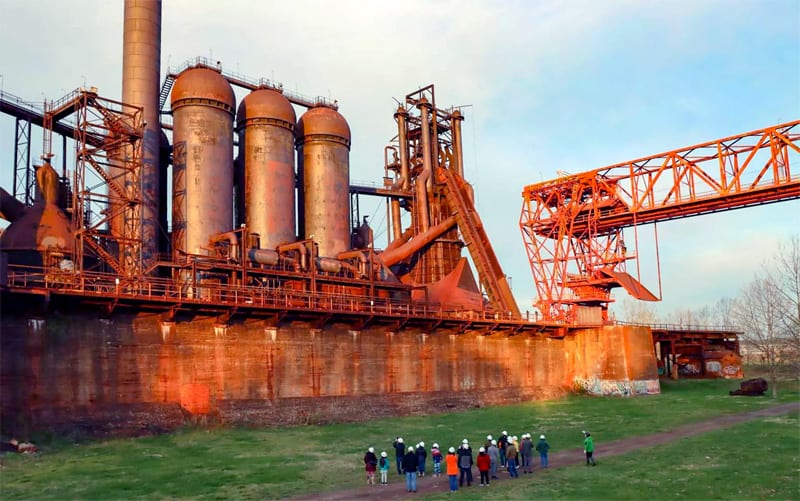
Carrie Blast Furnaces, Rankin, Pennsylvania
Declared a National Historic landmark in 2006, the Carrie Blast Furnaces are a rusting remnant of U.S. Steel’s legendary Homestead Steel Works. They’re also a solemn vestige of the Pittsburgh area’s 20th-century domination of the steel industry. The furnaces are a unit of the Rivers of Steel National Heritage Area encompassing eight Western Pennsylvania counties that are home to “Big Steel” and that at one time comprised the most powerful industrial heartland the world has ever seen.
During a two-hour guided tour of the industrial tourism site, visitors hear stories about the site’s technology and the culture of its workers. They also learn about the iron-making process, from the movement of raw materials to the tapping of the furnaces that produced fiery molten iron. Morning and afternoon tours are available from May through October. Prices range from $14 to $25.
Carrie Blast Furnaces
801 Carrie Furnace Boulevard
Rankin, PA 15104
www.riversofsteel.com
@ [email protected]
Tel: (412) 464-4020
Open: Friday–Sunday 10am–2pm
Tours: https://riversofsteel.com/experiences/tours/
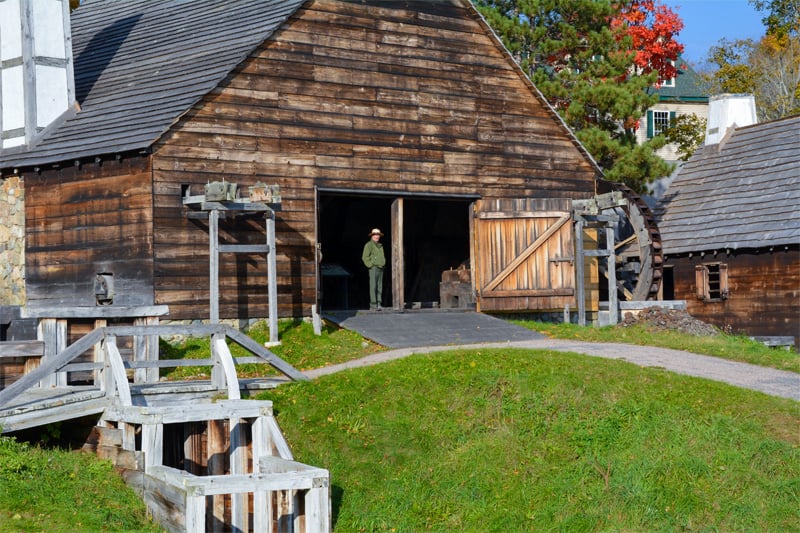
Saugus Iron Works, Saugus, Massachusetts
Watching the process of primitive iron-making may not sound all that exciting, but the Saugus Iron Works gets high marks from visitors who find great fascination with the tours and exhibits at this National Historic Site nestled along the Saugus River about 10 miles northeast of Boston.
This industrial tourism site presents a reconstruction of the first integrated ironworks in the New World. It produced wrought- and cast-iron products from 1646 to 1670, utilizing the most advanced technology available in Colonial times. The site is nationally significant because it is the birthplace of the iron and steel industry in America.
The nine-acre site consists of a museum, as well as authentically reconstructed industrial buildings. There are working water wheels, a blacksmith shop, a 17th century home, a nature trail, and a picnic area. Guided tours of the museum, industrial site, and the Iron Works House are available at no charge. Visit Wednesday-Sunday from June 1 to October 31.
Saugus Iron Works National Historic Site
244 Central Street
Saugus, MA 01906
www.nps.gov/sair
Tel: (781) 233-0050
Open: daily 10am – 5pm / closed Monday and Tuesday. However, the grounds at the Saugus Iron Works are open 7 days a week.
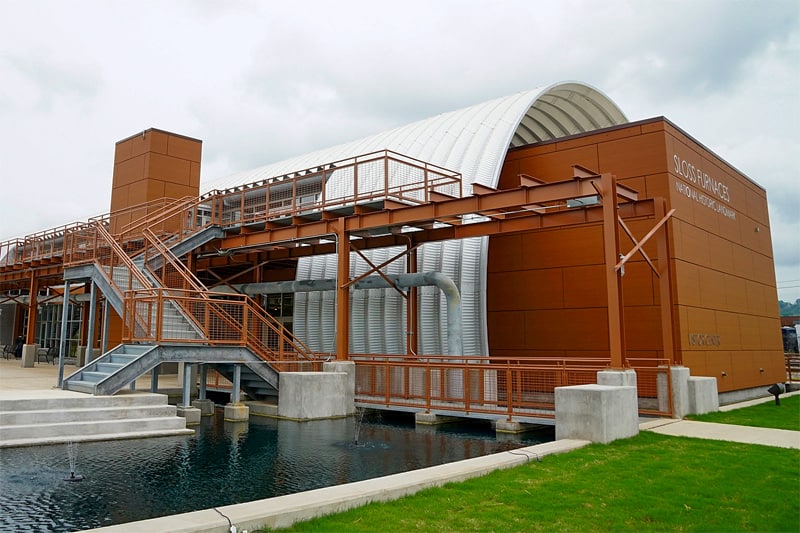
Sloss Furnaces, Birmingham, Alabama
Another important chapter in the development of America’s iron and steel industry was written large in Birmingham, Alabama, where Sloss Furnaces were pioneers in the process of smelting pig iron. Established in 1882, this iron industry prompted Alabama’s largest city to grow around it.
People once gathered in the smoke and fumes along streets near Sloss to watch the molten iron and burning slag pour from the furnaces that filled the sky with a fiery orange glow. The collective memory of Birmingham is filled with stories of furnaces belching fire and smoke and of men who toiled and all too often died — due to the intense heat and back-breaking labor.
Nowadays, Sloss tells a different story. The furnaces were shut down in 1970, lost to obsolescence and declining markets for pig iron. But that wasn’t the end.
The towering furnaces and massive old steam engines have been preserved as an unusual new museum. Presently, it tells the stirring tale of an industry that built a city. Proclaimed a National Historic Landmark, the site was restored in 1983 and opened to public tours. Free self-guided tours are available throughout the week (closed Monday), and there are guided tours ($2 per person) on most Saturdays and Sundays.
Sloss Furnaces National Historic Landmark
20 32nd Street North
Birmingham, AL 35222
www.slossfurnaces.com
Tel: (205) 254-2025
Open: Tuesday – Saturday 10am to 4pm / Closed Sundays and Mondays
Admission: free

Gas Works Park, Seattle, Washington
One of the country’s most unusual industrial tourism sites — reclaimed in the early 1970s as a city park — contains the remnants of the sole remaining coal gasification plant in the United States.
The plant operated from 1906 to 1956 when the city of Seattle bought the 20-acre site on the shores of Lake Union to create a park. However, soil and groundwater contamination forced extensive remediation to “clean and green” the site before local landscape architect Richard Haag designed the park.
His unique approach to the park — which merited an Award of Excellence from the American Society of Landscape Architects — utilized numerous elements of the old gas plant. Some stand as ruins, while others have been reconditioned, brightly painted, and incorporated into a children’s “play barn,” constructed in part from the plant’s exhauster-compressor building.
The park features an artificial kite-flying hill, and it serves as a popular setting for concerts and political rallies. It’s also the starting point for Seattle’s annual rendition of the infamous World Naked Bike Ride.
Gas Works Park
2101 N Northlake Way
Seattle, WA 98103
www.seattle.gov/parks
@ [email protected]
Tel: (206) 684-4075
Open: daily 6am–10pm
Admission: free
You may also enjoy: Why Yellowstone Is Perfect for a Family Vacation / A Great Road Trip During the Pandemic: the Hudson Valley, New York / U.S. National Parks in Winter

This is an interesting new angle on vacations, a lot of industrial ideas to explore! Thanks.
And you’ll find many more all about America, Carla.
Jim
In Russia it’s called Stalker, tourism in post USSR locations, fans of post apocalyptic, fans of Doomer music like it.
That’s very interesting Ildar. Thanks for sharing it ith all of us.
Jim